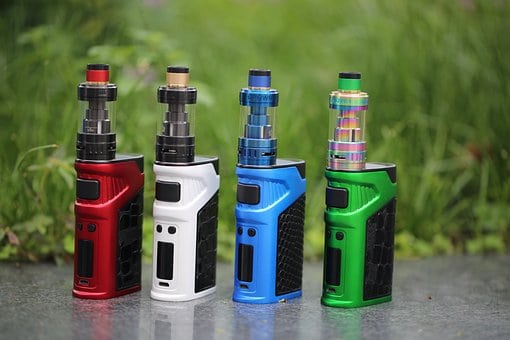
Cultivating cannabis can be a rewarding endeavor, offering both therapeutic and recreational benefits. For novice gardeners eager to embark on this journey, understanding the essentials of starting with a grow kit is crucial.
This guide aims to equip you with the foundational knowledge and best practices to ensure your first cannabis cultivation experience is successful, focusing on selecting the right equipment, understanding the plant’s lifecycle, and mastering the basics of care and maintenance. With a dedication to fostering a healthy grow environment, anyone can nurture their cannabis plants from seedling to harvest.
Choosing the Right Grow Kit
When beginning your cannabis cultivation journey, selecting an appropriate grow kit is the first critical step. A Marijuana grow kit typically includes a growing container, growing medium, nutrients, and sometimes lighting and ventilation solutions. It’s essential to choose a kit that aligns with your space constraints, budget, and the specific needs of the cannabis strain you intend to grow.
- Space Considerations: Measure your available space to ensure the grow kit fits comfortably, allowing for adequate air circulation around the plants. Compact kits are suitable for small, indoor areas, while larger spaces can accommodate more extensive setups.
- Lighting Requirements: Cannabis requires significant light to thrive. Look for kits that either include high-quality lighting solutions or make sure you can supplement the kit with powerful LED or HID lights, depending on your budget and energy efficiency preferences.
Understanding the Cannabis Lifecycle
Cannabis plants go through several stages of growth, from germination to harvest. Familiarizing yourself with these phases is vital to provide appropriate care at each stage.
- Germination: This initial phase involves sprouting the cannabis seeds. It requires moisture, warmth, and gentle handling. Soaking seeds in water for 24-48 hours can encourage sprouting, then planting them in a moist growing medium.
- Vegetative Stage: During this period, the focus is on leaf and stem growth. The plant requires 16-24 hours of light daily to promote strong vegetative growth. Regular watering and introducing nutrients are critical, but be cautious of overfeeding.
Selecting Nutrients and Supplements
Nutrients play a significant role in the health and productivity of your cannabis plants. Cannabis requires a balance of nitrogen (N), phosphorus (P), and potassium (K), along with micronutrients like calcium, magnesium, and iron.
- Understanding Nutrient Ratios: During the vegetative stage, a higher nitrogen content is beneficial for leaf and stem growth. In contrast, the flowering stage demands higher phosphorus levels to support bud development.
- Organic vs. Synthetic Nutrients: Organic nutrients, derived from natural sources, are often recommended for their environmental benefits and ability to improve soil health. Synthetic nutrients can provide a more immediate impact but require careful management to avoid plant damage.
Watering and pH Management
Proper watering and pH management are crucial to prevent nutrient lockout and ensure the healthy growth of your cannabis plants. Cannabis prefers a slightly acidic to neutral pH range, typically between 6.0 and 7.0.
- Watering Schedule: Overwatering is a common mistake among new growers. Cannabis plants prefer a wet to dry cycle, so it’s essential to let the soil dry out slightly between watering sessions.
- pH Testing and Adjustment: Regularly test the pH of your water and soil to maintain the optimal range. Use pH up or down solutions to adjust the water’s pH before watering your plants.
Pest and Disease Management
Keeping your cannabis plants healthy involves proactive pest and disease management. Early identification and treatment can save your crop from significant damage.
- Preventive Measures: Good hygiene, adequate spacing between plants, and proper ventilation are essential to prevent the outbreak of pests and diseases. Regularly inspect your plants for signs of stress or infestation.
- Natural Pest Control Solutions: Whenever possible, opt for natural pest control methods, such as introducing beneficial insects or applying neem oil to affected areas. Chemical pesticides should be a last resort due to their potential impact on plant health and the final product quality.
Harvesting and Curing
The culmination of your cannabis cultivation journey is the harvest and curing process, which significantly influences the potency and flavor of your final product.
- Identifying Harvest Time: Monitor the trichomes on your cannabis buds; when most have turned from clear to milky white or amber, it’s time to harvest. This color change indicates peak THC levels.
- Curing Process: After harvesting, drying your buds slowly and curing them in airtight containers for several weeks can enhance their potency and flavor profile. Regularly check for mold and burp the containers to manage humidity.
Conclusion
Embarking on your first cannabis grow with a kit can be an exciting and educational experience. By understanding the essentials of selecting the right equipment, caring for your plants through each stage of their lifecycle, and mastering the nuances of nutrient management, watering, pH balance, and pest control, you can set the stage









